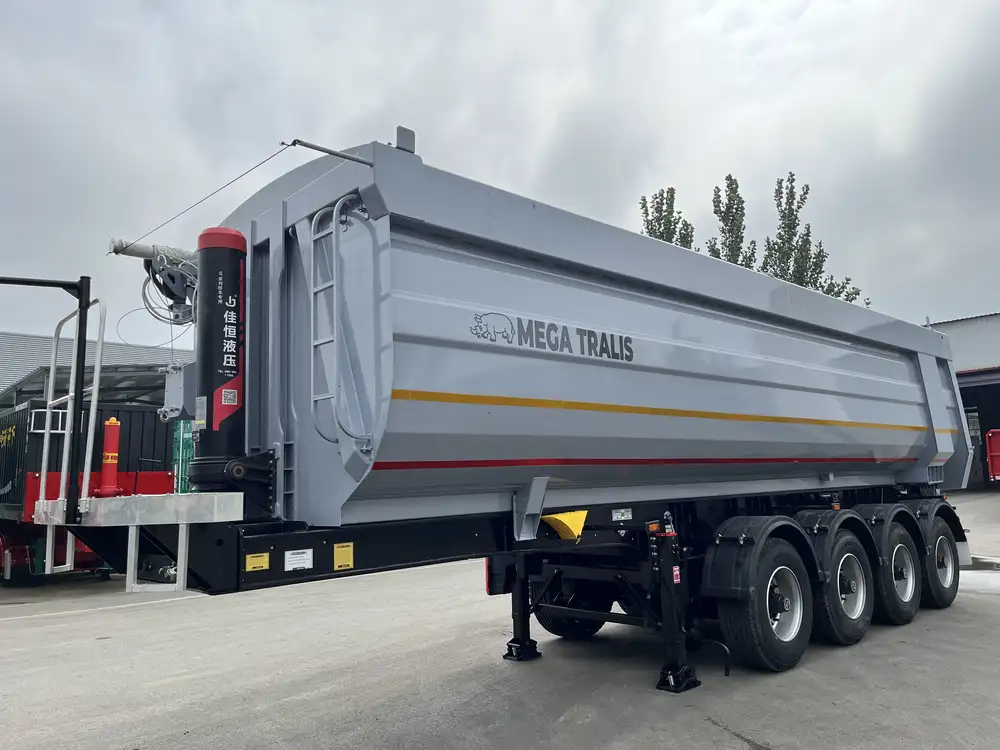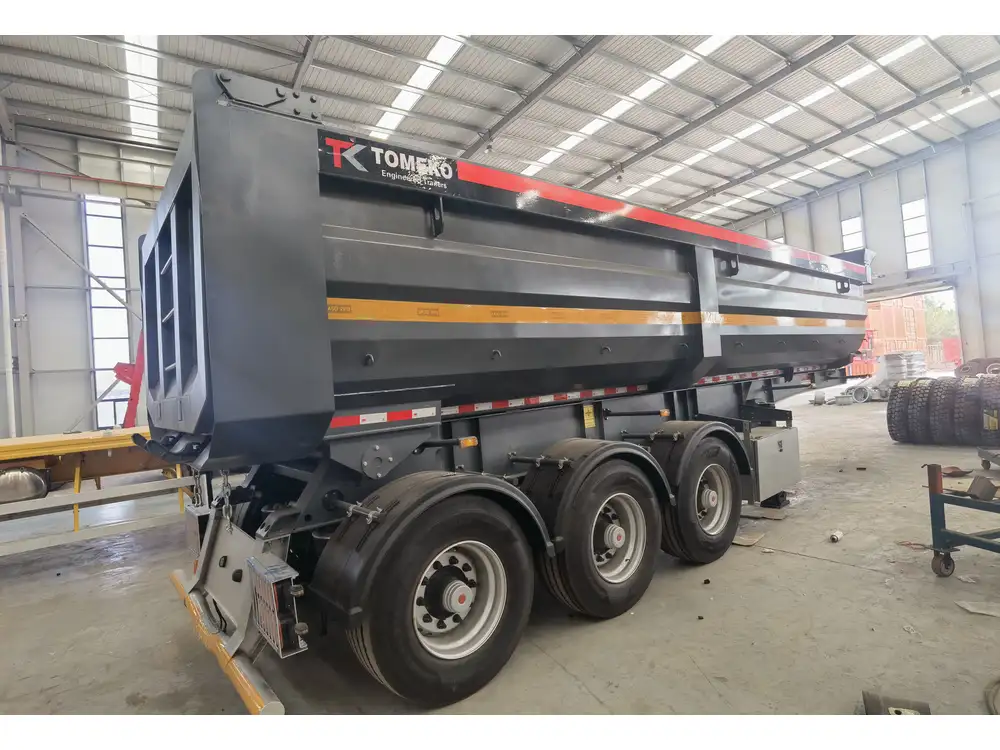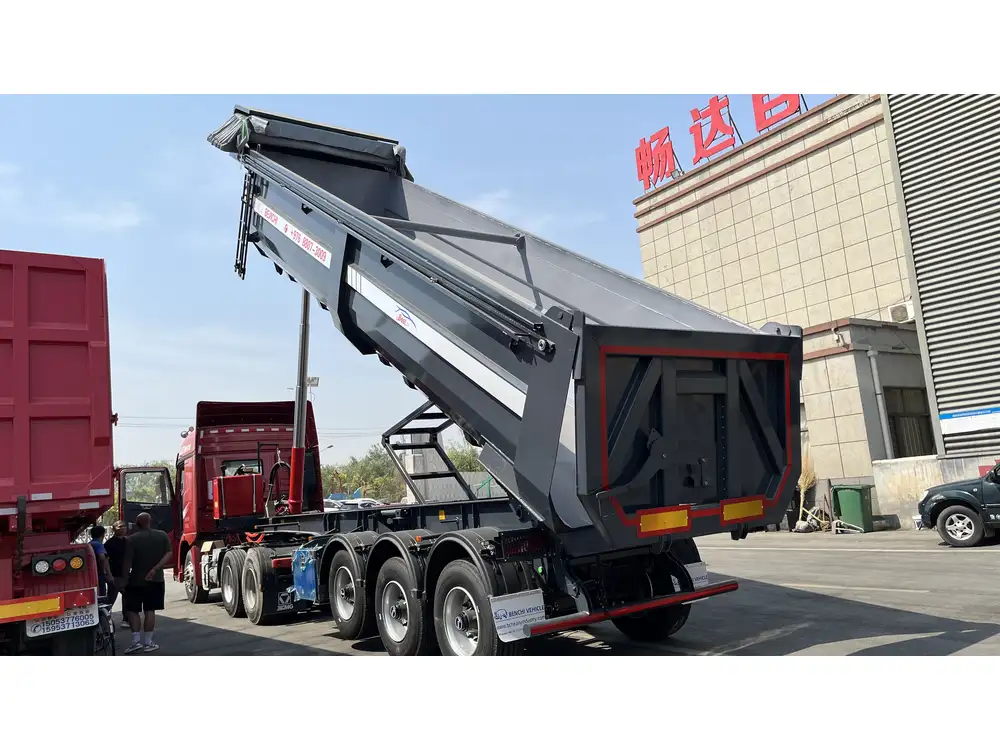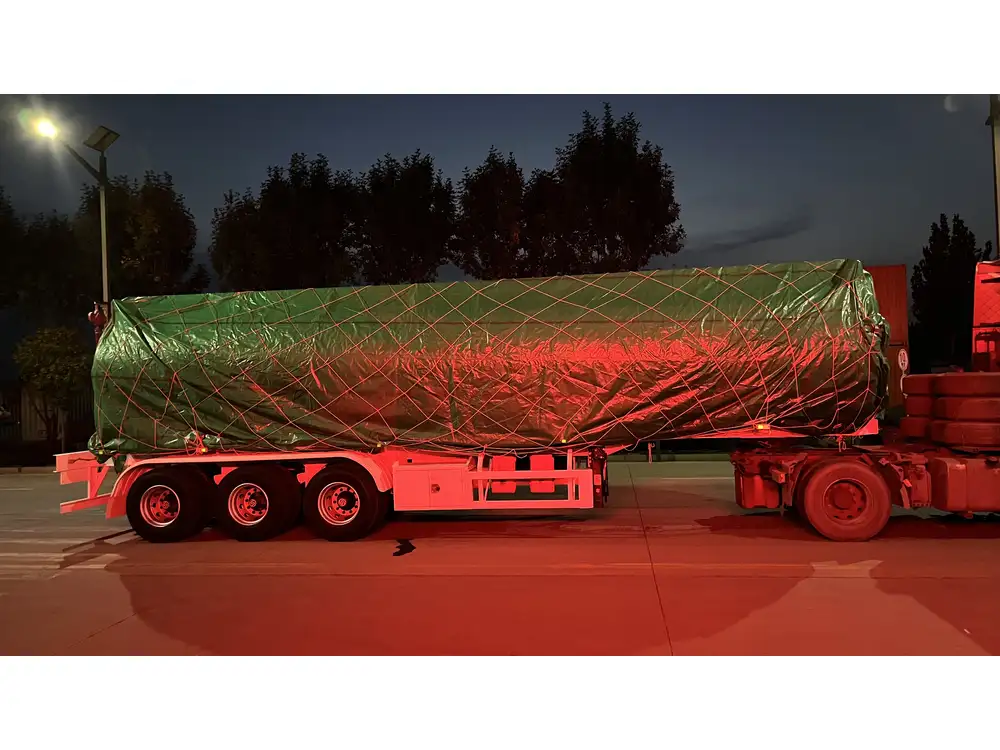Introduction to Semi-Trailer Tandem Holes
In the world of transportation, semi-trailers play a crucial role in ensuring the efficient movement of goods. One of the critical features of these trailers is the tandem axle configuration, which provides enhanced stability and weight distribution. However, understanding the intricate details of tandem holes—specifically, how many semi-trailer tandem holes are present—can be essential for manufacturers, operators, and drivers alike. This guide will dive deep into the topic, unraveling the nuances of tandem holes and their significance.
What Are Tandem Holes?
Tandem holes are designated slots or openings within the frame of a semi-trailer designed for axle placement. These holes provide flexibility in adjusting axle positions, which is crucial for optimizing weight distribution, enhancing safety, and improving overall vehicle performance. A proper understanding of these holes is fundamental for ensuring compliance with various regulations and improving the operational efficiency of your semi-trailer.

The Design of Tandem Holes
Below is a breakdown of the design aspects of tandem holes:
| Feature | Description |
|---|---|
| Material | Typically constructed from high-strength steel for durability and resilience. |
| Size | Varies depending on the trailer model; generally standardized to accommodate various axle types. |
| Configuration | Often arranged in a linear fashion along the trailer chassis to allow adjustments. |
| Number of Holes | Generally ranges from 8 to 12 holes, depending on the trailer length and manufacturer preferences. |
Understanding these design features can influence purchasing decisions and operational capabilities for trailer manufacturers and operators.
Importance of Tandem Holes in Semi-Trailers
1. Weight Distribution
One of the primary functions of tandem holes is to facilitate optimal weight distribution. Adjusting the axle position according to load weight helps maintain balance and stability. An incorrect axle position can lead to increased tire wear and compromised handling.

2. Compliance with Regulations
Meeting legal requirements is paramount in the trucking industry. Different states and countries have specific regulations regarding weight limits and axle spacing. The presence of multiple tandem holes allows for compliance with these varying regulations, ensuring that your semi-trailer remains roadworthy.
3. Enhanced Safety
Proper axle positioning can significantly reduce the risk of trailer sway, which is a common cause of accidents in transportation. By enabling users to find the right configuration, tandem holes play a critical role in enhancing the safe operation of semi-trailers.
How Many Semi-Trailer Tandem Holes Are There?
The typical number of tandem holes found in semi-trailers ranges from 8 to 12, although some specialized models may feature more. This range, however, largely depends on the design and purpose of the trailer.

Trucks Requiring Fewer Holes
- Shorter Trailers: Trailers designed for lighter loads and shorter journeys often require fewer tandem holes.
- Specialty Trailers: Certain trailers designed for specific industries or purposes might have fewer holes for streamlined operation.
Trucks Requiring More Holes
- Longer Trailers: Trailers designed for heavy-duty transport typically include more tandem holes to accommodate varying load sizes and distribution needs.
- Flatbeds and Lowboys: These types of trailers often provide additional holes to enable versatile loading and distribution configurations.
Adjusting Axles Using Tandem Holes

The Adjustment Process
Adjusting axles through tandem holes involves several steps:
- Identify the Required Position: Assess the load and determine the optimal axle configuration.
- Loosen Bolts: Use an appropriate wrench to loosen the bolts securing the axle.
- Shift the Axle: Slide the axle to the desired position along the tandem holes.
- Tighten Bolts: Secure the axle in place by tightening the bolts to the manufacturer’s specifications.
Benefits of Proper Adjustment
- Reduced Tire Wear: Fluctuating axle positions, tailored to load distribution, help mitigate uneven tire wear.
- Improved Handling: A well-adjusted axle enhances maneuverability, especially when navigating turns or uneven terrains.
Common Issues Related to Tandem Holes
Despite their benefits, tandem holes can also present specific challenges. Understanding these common issues can aid in mitigating risks and enhancing trailer performance.

1. Hole Wear and Tear
Over time, the repetitive use of tandem holes can lead to wear and deterioration. Periodic inspections are crucial to identify and address issues such as elongation of holes or deformation, which can affect the axle’s stability.
| Problem | Solution |
|---|---|
| Hole Elongation | Replace with stronger, reinforced materials. |
| Surface Roughness | Regular maintenance to smoothen surfaces and avoid friction. |
2. Misalignment
Improper adjustment or failure to follow manufacturer guidelines can lead to misalignment between the axle and trailer frame. This can result in dangerous handling characteristics, increased maintenance costs, and rapid tire wear.
3. Load Distribution Errors
Neglecting to properly position the axle can lead to payload distribution issues. Overloading one side of the trailer can cause undue stress on the structure and lead to potential accidents.

Key Considerations for Manufacturers and Operators
Choosing the Right Semi-Trailer
When selecting a semi-trailer, consider the following attributes pertaining to axle configuration and tandem holes:
- Load Capacity: Ensure the trailer supports your anticipated load weight and complies with local regulations.
- Tandem Hole Count: Select a model with sufficient holes to accommodate your loading and distribution needs.
- Construction Quality: Quality of materials and construction methods affect durability and operational reliability of tandem holes.
Maintenance of Tandem Holes
Regular maintenance ensures that tandem holes operate effectively:
- Visual Inspections: Frequent checks for any signs of wear or damage.
- Lubrication: Keeping pivot points and bolts well-lubricated minimizes friction and wear.
- Documentation: Maintain records of adjustments and inspections for compliance and operational insights.

Conclusion
The intricacies of semi-trailer tandem holes may initially seem daunting, but understanding their role, configuration, and importance is essential for optimizing the effectiveness of your transportation solutions. Recognizing how many semi-trailer tandem holes are present, along with their proper adjustment, maintenance, and operational strategies, can enhance safety, efficiency, and longevity of the vehicle.
Remember:
- Always stay updated with regulations and ensure your semi-trailer configuration adheres to them.
- Prioritize safety through regular inspections and maintenance of tandem holes.
- Use proper adjustment techniques to achieve optimal weight distribution and enhance vehicle handling.
By mastering these concepts related to tandem holes, you can contribute to a safer, more efficient transport environment. Dive deeper into enhancements and stay on the cutting edge of trailer performance to ensure you are leading in the competitive landscape of semi-trailer manufacturing and operation.



